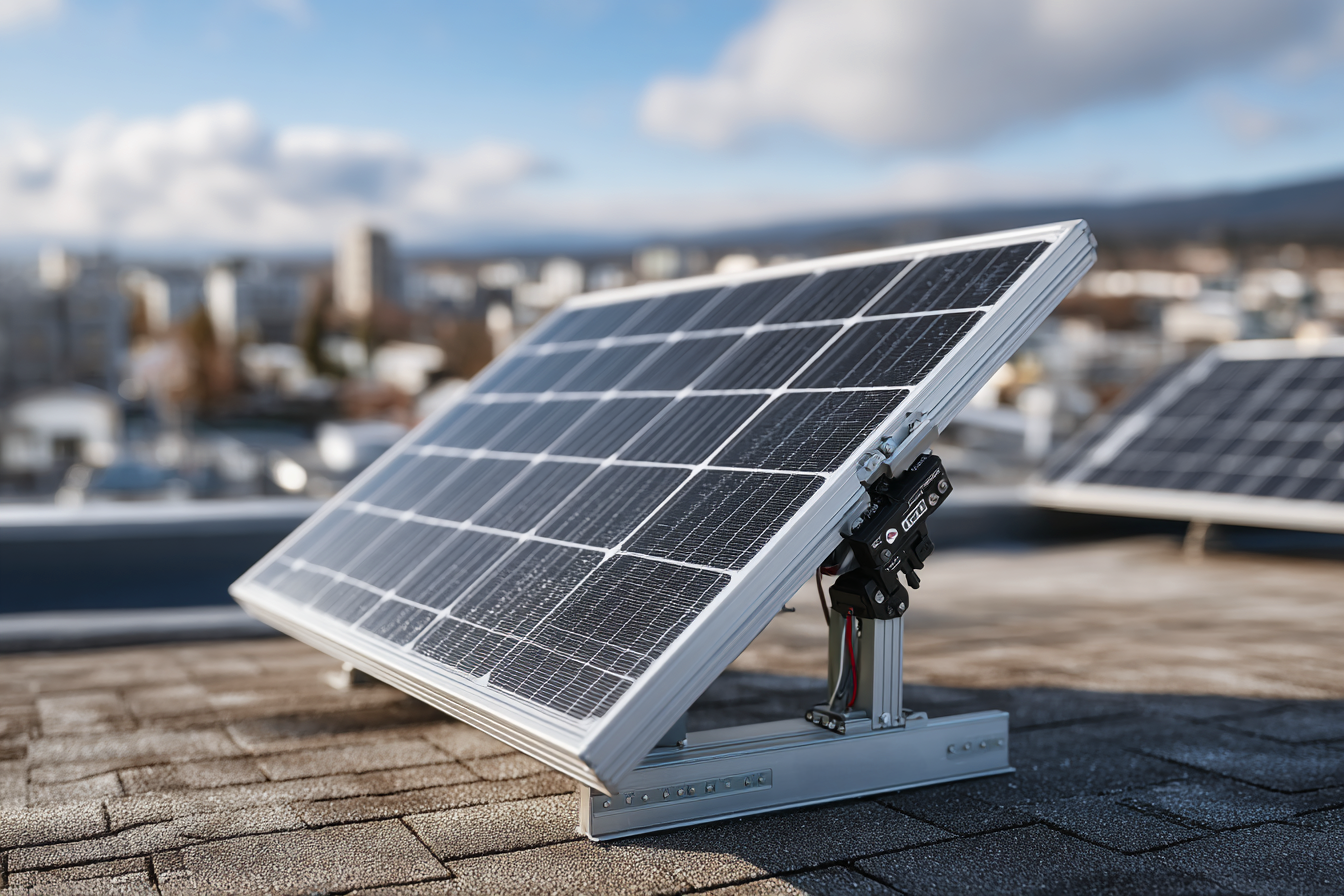Why Your Electrical Panel Size Matters for Adding Solar, Heat Pumps, and EV Chargers

Written by Solenery
2 min read
Introduction
Thinking of adding solar panels, a heat pump, or an EV charger to your home?
One of the most overlooked — but crucial — steps is checking your electrical panel capacity.
In Canada, many homes built before the 2000s still have 100-amp panels, which may not be enough to handle the extra load of modern clean energy upgrades.
In this post, we’ll explain how electrical panel size (a.k.a. Maximum Breaker Panel Size or MBPS) limits what you can install, how to know if you need an upgrade, and what it typically costs.
We’ll also look at ways to avoid expensive upgrades using load controllers or smart panels.
What Is Your Electrical Panel Size and Why Does It Matter?
Electrical panel size (in amps) indicates how much total electricity your home can handle at once.
The most common panel sizes in Canada are 100A and 200A.
Bigger systems (solar, heat pump, EV charger) often need a 200A panel to be safe and code-compliant.
Typical loads in a modern Canadian home:
Heat pump: 15–40A
EV charger: 30–40A
Solar inverter: 20–60A
Electric stove, dryer, and hot water tank: 10–30A each
If you try to install too much on a 100A panel, you could:
Trip breakers frequently.
Fail inspection or void insurance.
Be denied net metering connection by your utility.
How to Check If Your Panel Needs an Upgrade
Step 1: Read the Main Breaker Label
Look for the main breaker switch at the top of your panel — it will say 100 or 200.
Step 2: Count Existing High-Demand Loads
Do you already have electric baseboards, a hot tub, or a sauna?
You may be near your limit.
Step 3: Ask Your Solar or HVAC Installer
Professionals can run a load calculation to see if you’re compliant under the Canadian Electrical Code.
⚠️ Warning:
Utilities and rebate programs (like Greener Homes) often require proof of safe panel capacity before approving connections or payouts.
What Does an Upgrade Cost — and When Is It Worth It?
| Upgrade Type | Typical Cost (CAD) |
|---|---|
| 100A → 200A Panel | $2,500–$4,500 |
| Add new sub-panel | $800–$1,200 |
| Trenching for exterior meter | $1,000–$2,000 |
You may need an upgrade if:
You’re adding 2 or more major electrical loads (e.g., heat pump + EV charger).
Your installer flags panel overcrowding.
You want to future-proof your home for battery storage or electrification.
Bonus: Many provinces (e.g., Ontario, BC, Quebec) offer rebates or financing that can be used toward panel upgrades when bundled with eligible clean energy installations.
Alternatives to a Full Panel Upgrade
If your panel is tight but not overloaded, consider:
Smart Load Controllers
Examples: DCC-9 for EVs, Sinopé for water heaters.
Automatically shut off non-essential loads when the system is under pressure.
Smart Panels
Brands like Span or Emporia let you prioritize loads and monitor usage in real-time.
May help you squeeze more capacity out of an existing panel.
Some are eligible for rebates in BC and Quebec.
Staggered Usage
Avoid running the dryer, EV charger, and heat pump simultaneously.
Install timers or use smart plugs to space out heavy use.
What About Solar Connection Limits?
Utilities may limit solar system size based on your panel capacity.
A 100A panel may cap you at 4–6 kW of solar in many provinces.
You may be denied net metering if your system exceeds 80% of panel capacity.
Example: In Ontario, a homeowner with a 100A panel installed a 5 kW system.
Their utility required a load calculation and eventually recommended a panel upgrade to allow for a future EV charger.
Conclusion
Your breaker panel is the backbone of your home’s energy system — and it directly affects your ability to go solar, install a heat pump, or charge an EV safely.
Whether you need a full upgrade or a smart workaround, understanding your panel’s limits helps you plan smarter and qualify for rebates.